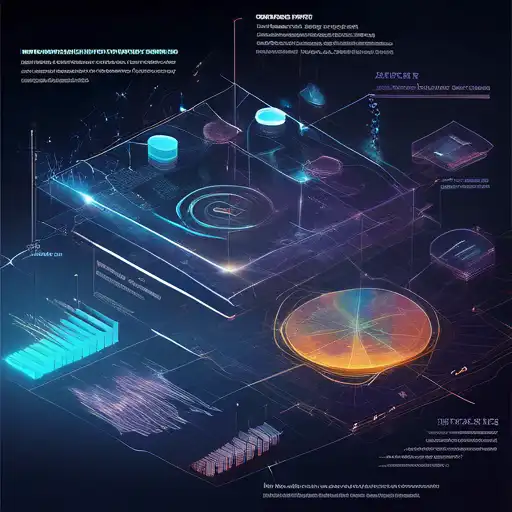Introduction to Data Visualization
In the era of big data, the ability to visualize complex datasets in an understandable and actionable manner is invaluable. Data visualization techniques transform raw data into visual contexts, such as charts, graphs, and maps, making it easier to identify patterns, trends, and outliers. This article explores the most effective data visualization techniques that can help businesses and individuals gain better insights from their data.
Why Data Visualization Matters
Data visualization is not just about making pretty pictures; it's about communicating information clearly and efficiently. By leveraging visual elements, stakeholders can grasp difficult concepts or identify new patterns quickly. This is crucial in today's fast-paced business environment where decisions need to be made swiftly and based on accurate data.
Key Data Visualization Techniques
There are several techniques that can be employed to visualize data effectively. Below is a list of some of the most popular ones:
- Bar Charts: Ideal for comparing quantities among different groups.
- Line Graphs: Best for visualizing data trends over time.
- Pie Charts: Useful for showing proportions within a whole.
- Scatter Plots: Excellent for identifying relationships between variables.
- Heat Maps: Great for visualizing complex data like user behavior on websites.
Advanced Visualization Techniques
For more complex datasets, advanced techniques such as interactive dashboards, geospatial mapping, and network diagrams can provide deeper insights. These methods allow users to explore data in more depth, uncovering hidden patterns and relationships that might not be apparent with simpler visualizations.
Choosing the Right Visualization
Selecting the appropriate visualization technique depends on the nature of your data and the insights you wish to derive. It's important to consider your audience and the message you want to convey. For instance, while a scatter plot might be perfect for a technical audience, a pie chart might be more appropriate for a general audience.
Tools for Data Visualization
There are numerous tools available that can help you create effective visualizations. Some of the most popular include Tableau, Microsoft Power BI, and Google Data Studio. These tools offer a range of functionalities from basic charts to complex interactive visualizations.
Best Practices for Data Visualization
To ensure your visualizations are effective, follow these best practices:
- Keep it simple and avoid clutter.
- Use colors wisely to highlight important information.
- Ensure your visualizations are accessible to all users, including those with color vision deficiencies.
- Always provide context for your data to aid interpretation.
Conclusion
Data visualization is a powerful tool for uncovering insights that might otherwise remain hidden in raw data. By selecting the right techniques and tools, and adhering to best practices, you can transform complex datasets into clear, actionable insights. Whether you're a business analyst, a marketer, or just someone interested in data, mastering data visualization techniques is essential in today's data-driven world.
